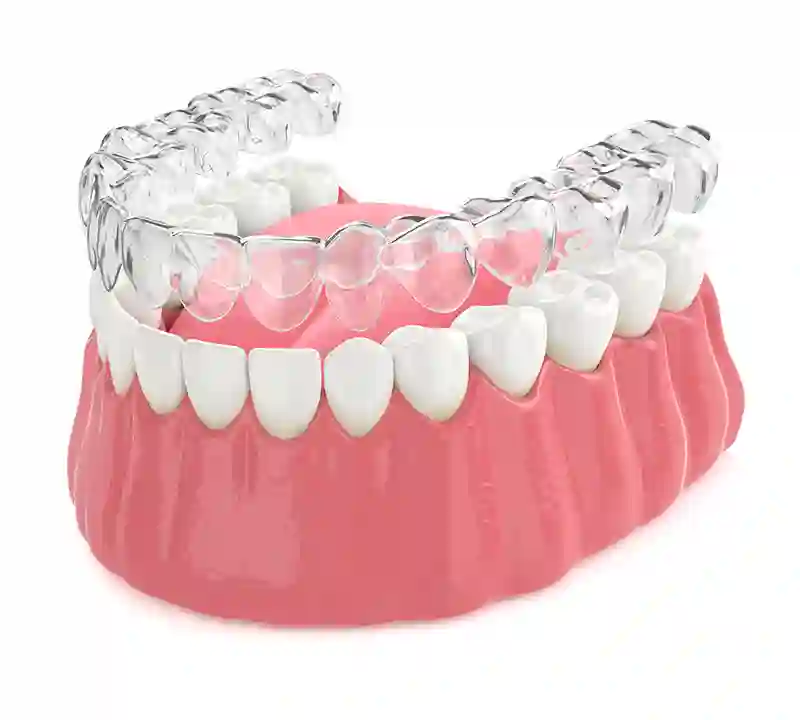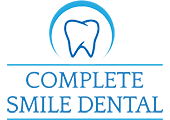Helping teens find the right orthodontic treatment
For many teenagers, getting orthodontic treatment is a common part of growing up. It’s not just about having a great smile; it also plays a significant role in boosting self-confidence and improving oral health. Parents tend to focus on the cost and how long the treatment will take, but teenagers have their own questions and worries to consider. Getting familiar with your teen’s concerns, and understanding the process, will make this shared journey to a beautiful smile a more positive and confidence-boosting experience.
Common orthodontic issues
Orthodontic problems can impact both the appearance and function of your child’s smile. Identifying these issues early will increase the effectiveness of the treatment, which paves the way to a healthier, more confident smile:
Overbite:
Upper front teeth excessively overlap lower front teeth when the mouth is closed, potentially leading to wear on lower teeth and discomfort.
Crossbite:
One or more upper teeth bite inside the lower teeth when the mouth is closed, potentially causing uneven wear, jaw discomfort, and asymmetry.
Crowding:
Insufficient space for teeth to properly align results in overlapping or rotated teeth, making oral hygiene challenging and increasing the risk of gum disease.
Protrusion of teeth:
Excessive protrusion of upper front teeth increases the risk of tooth injury during accidents and can affect your teen’s bite and their appearance.
Misaligned midline:
The centre of upper front teeth doesn’t align with the centre of lower front teeth, affecting overall facial symmetry and appearance.
Underbite:
Lower jaw protrudes forward, causing lower front teeth to overlap upper front teeth. This can affect biting, chewing and facial aesthetics.
Open bite:
Upper and lower front teeth do not meet when the mouth is closed, leading to speech difficulties, difficulty biting certain foods and aesthetic concerns.
Spacing and gaps:
Excessive spacing or missing/undersized teeth can affect oral function and aesthetics.
Impacted teeth:
Teeth that don’t emerge properly, especially wisdom teeth, can lead to discomfort, infection and shifting of surrounding teeth.
Open posterior bite:
Back teeth don’t come together when the mouth is closed, contributing to chewing difficulties and improper function.
Identifying these common orthodontic problems is the first step towards addressing them and achieving a healthier smile. If your teen is experiencing these issues, it’s crucial to consult with their dentist to develop a personalised treatment plan for improved oral health, function, and confidence.
Orthodontic treatment options for teens
Metal braces:
Metal braces are the traditional option, consisting of stainless steel brackets and wires. They apply gentle pressure to gradually align the teeth. Despite their visible appearance, metal braces are still a popular choice due to their affordability and versatility in treating various orthodontic issues.
Ceramic braces:
Ceramic braces blend in with the teeth using tooth-coloured or clear brackets and wires. They offer effective treatment while minimising the visual impact of traditional metal braces. Ceramic braces offer a great balance between effectiveness and aesthetics.
Lingual braces:
Lingual braces are placed on the inner surface of the teeth, making them virtually invisible when your teen smiles. They work similarly to traditional braces but offer the advantage of being discreet. Potential difficulties, such as longer adjustment times and speech adjustments, must be considered.
Clear aligners:
Clear aligners, such as Invisalign, have gained popularity for their discreet nature. These custom-made plastic trays gradually shift teeth into place. Additionally, they are removable, allowing your teen to enjoy their favourite foods and maintain good oral hygiene.

Choosing the right treatment for your teen
When it comes to orthodontic treatment, striking a balance between aesthetics and functionality is key. The choice of treatment should be based on your teen’s preferences and the severity of their orthodontic issues:
Aesthetics:
If your teen is concerned about the appearance of braces, options like clear aligners, ceramic braces and lingual braces offer discreet solutions. Clear aligners are nearly invisible, while ceramic and lingual braces provide less noticeable alternatives to traditional metal braces.
Functionality:
While looks matter, treatment effectiveness should not be compromised. For complex orthodontic issues, such as severe misalignments or bite problems, traditional metal braces or lingual braces may offer the best results.
Lifestyle and comfort:
Consider your teen’s lifestyle and comfort. Clear aligners are removable, allowing them to enjoy their favourite foods, maintain oral hygiene without restrictions and easily adapt to sports activities. In contrast, traditional or lingual braces require consistent wear to achieve the desired results and may have some limitations during sports participation.
Questions teens often ask
1. Will braces hurt?
When braces are first applied, there might be some discomfort as your mouth adjusts to the new appliances. You may experience minor soreness or rubbing against your cheeks. However, this discomfort is temporary and typically subsides within a few days. Over-the-counter pain relievers and orthodontic wax can be used to alleviate initial discomfort.
2. How long will I have to wear braces?
The duration of orthodontic treatment varies for each individual and depends on factors such as the complexity of your case and the type of treatment you choose. Treatment can take anywhere from six months to a couple of years. Your dentist will create a personalised treatment plan and give you a better estimate of the timeline during your initial consultation.
- Metal braces: two and a half years on average
- Ceramic braces: similar to metal braces but may require more frequent adjustments
- Lingual braces: 18 to 36 months, depending on the complexity of the case
- Clear aligners: 12 to 18 months on average, but may be shorter or longer depending on the patient’s compliance and the degree of correction needed
3. How do I maintain oral hygiene?
Maintaining good oral hygiene is crucial during orthodontic treatment. Regular brushing and flossing are essential to prevent plaque buildup and maintain healthy teeth and gums. Your dentist will demonstrate appropriate brushing techniques and recommend tools such as interdental brushes to effectively clean around braces.
4. What can I eat?
While wearing braces, it’s essential to avoid very hard, crunchy and sticky foods that can damage or get stuck in the braces. Foods like whole apples and hard candies should be consumed with caution. Soft foods such as bananas and pasta are ideal choices, especially after adjustments when your teeth may feel hypersensitive. Clear aligners offer more dietary flexibility as they can be removed for eating.
5. Can I still kiss?
Yes, you can still kiss your grandma with braces on your teeth. If, however, you or anyone with braces engages in more than a grandma-type kiss with another person who also has braces, both kissers will want to take care that no wires or brackets become entangled. It is also important to remember that if you have a broken wire or are experiencing discomfort, you should address these issues prior to activities where such conditions could harm yourself or others.
6. Can I play musical instruments or participate in sports?
Absolutely! Orthodontic treatment should not hinder your passions. Playing musical instruments such as the trumpet or flute may require a brief period of adjustment, but you will adapt quickly. In sports, it is crucial to wear a mouthguard to protect your braces and teeth, particularly during contact sports. Your dentist can recommend a mouthguard that meets your needs.
Your teen’s smile journey starts with expert guidance
Consult your dentist to ensure you and your teen understand the most effective treatment options for their specific needs. Well-informed decisions based on the best possible advice will optimise your teen’s appearance and ensure great oral health in the long term.
Remember that orthodontic treatment is a collaboration between teenagers, parents and their dental care team. Whether you’re considering traditional braces, clear aligners or other orthodontic treatments, consulting a professional ensures you’re all on the right track.



